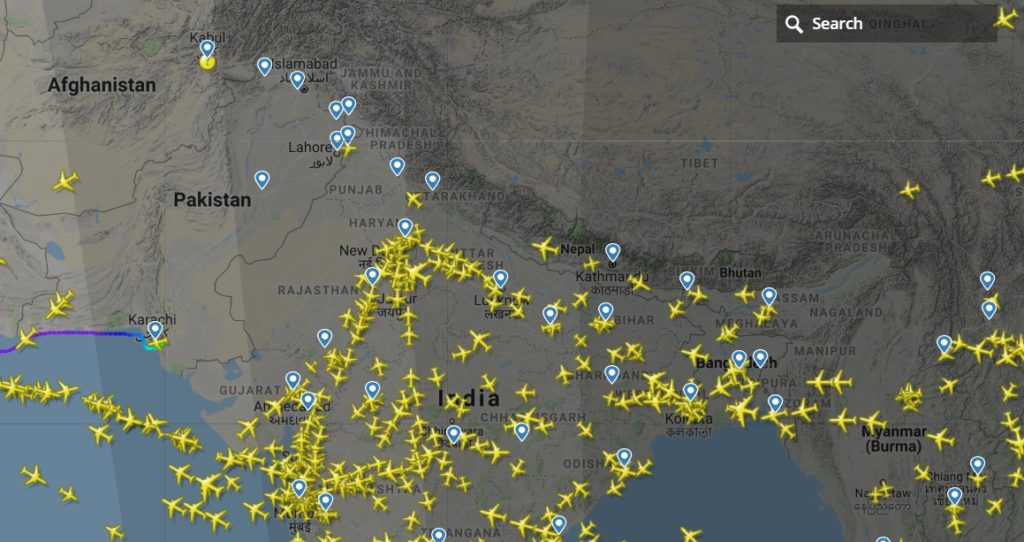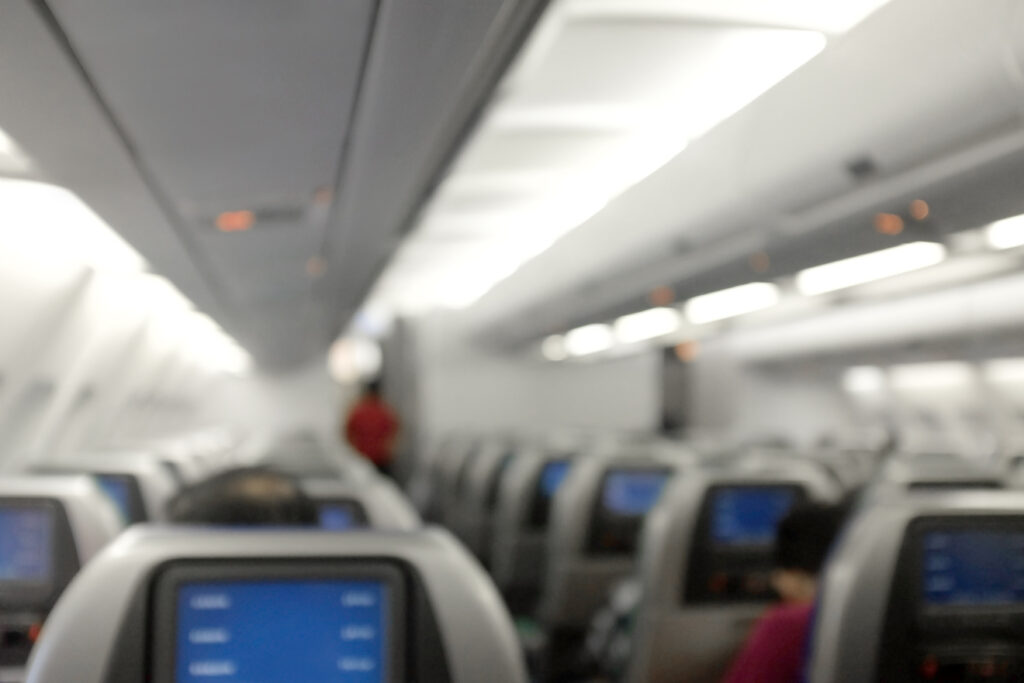By Ameya Joshi

The aftermath of the ghastly attack on tourists at Pahalgam saw Pakistan close its airspace for Indian registered and Indian operated planes. The formal NOTAM (Notice to Airmen) states that the airspace closure is for a month from April 24, but there remains no certainty that the airspace will be available for airlines post that.
This is the second airspace closure since 2019, when Pakistan had closed airspace to all aircraft coming to and from India following the Balakot strike by the Indian Air Force in retaliation for the Pulwama attack.
Background: The 2025 Pahalgam Attack and Subsequent Retaliation
The immediate trigger for the latest airspace closure was a devastating militant attack in Pahalgam, Indian-administered Kashmir, in April 2025, which resulted in the deaths of 26 civilians. India attributed the attack to Pakistan-based militants, leading to retaliatory strikes on multiple targets within Pakistan. In response, Pakistan suspended diplomatic ties, trade relations, and closed its airspace to Indian carriers. The difference between now and 2019 is that foreign carriers operating to India are now allowed to overfly Pakistan, while only Indian carriers are barred from entering the Pakistani airspace. Over 800 international flights operated by Indian carriers are affected weekly, leading to longer flight durations and increased operational costs.

Rerouting, cancellations & changes
The closure of Pakistani airspace has forced Indian airlines to reroute flights, leading to increased operational costs and longer flight durations. Flights to destinations in Europe, North America, and the Middle East now require detours over the Arabian Sea or other regions, adding up to two hours to journey times. This is not only restricted to those originating from Delhi or other northern airports, but in some cases, even airports in the western and southern parts of the country. This not only increases fuel consumption but also affects crew scheduling and aircraft utilization.
Air India, with its extensive international network, is among the worst affected. The airline has had to implement technical halts for refuelling and crew changes on routes that were previously nonstop. The airline is using its presence at Copenhagen and Vienna to plan technical stops for its intercontinental flights, while flights to San Francisco are planning for a halt at Kolkata. Other carriers like IndiGo and SpiceJet have also reported disruptions, with some routes to Central Asia being suspended due to operational challenges by IndiGo.
The biggest impact has been IndiGo’s shift to Mumbai from Delhi for its flights to Manchester and Amsterdam, which were opened for sale in late May. The flights were originally planned from Delhi. The decision to initiate flights from Mumbai, rather than Delhi, is influenced by the ongoing closure of Pakistani airspace to Indian carriers. This closure has necessitated longer flight paths for aircraft departing from northern India, making Mumbai a more viable hub for westbound international routes.
Flights from Delhi to Europe, the UK, and North America that would typically pass over Pakistan now have to take longer routes via Iran, Central Asia, or the Arabian Sea. This leads to extended flight times—in some cases by 1–4 hours—depending on the destination. It also puts Indian carriers at a disadvantage over foreign carriers.
While the airspace closure aims to exert pressure on India, it also has economic consequences for Pakistan. Overflight fees from Indian carriers constitute a significant source of revenue for Pakistan’s Civil Aviation Authority. During the 2019 closure, Pakistan reportedly lost nearly $100 million due to the suspension of these fees and the impact on its national carrier, Pakistan International Airlines. Airports such as Nagpur have experienced a surge in air traffic, with a reported 40% increase, as flights are rerouted to avoid Pakistani airspace.

What happens next?
The recurring pattern of airspace closures in response to geopolitical tensions underscores the fragile nature of India-Pakistan relations. While such measures serve as immediate responses to security concerns, they carry significant economic and diplomatic costs.
It remains unclear on when Pakistan will allow overflight for Indian carriers. There will be an economic impact on the airlines and additionally on passengers. IndiGo has cut flights to Almaty and Tashkent. As Indian carriers look to expand, it is also a large disadvantage to Delhi Airport, which is the largest airport in India and already a hub.
The last time around, the flights over Pakistan were closed from February until July. Indian carriers led by IndiGo have enough cash and plans in place to operate without Pakistani airspace and in the overall scheme of things, the impact is minute.
Ameya Joshi is an aviation analyst and columnist who runs the analysis website Network Thoughts.


